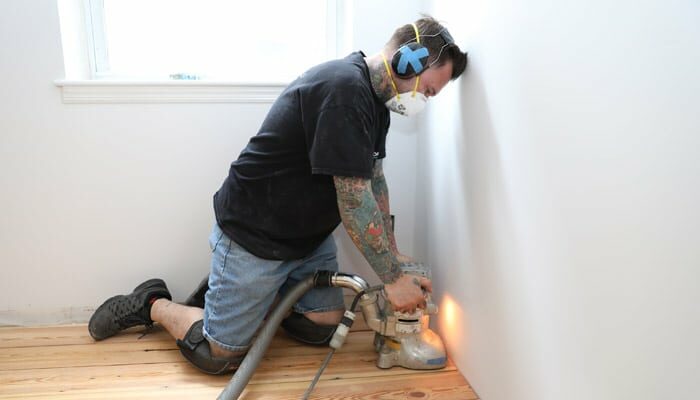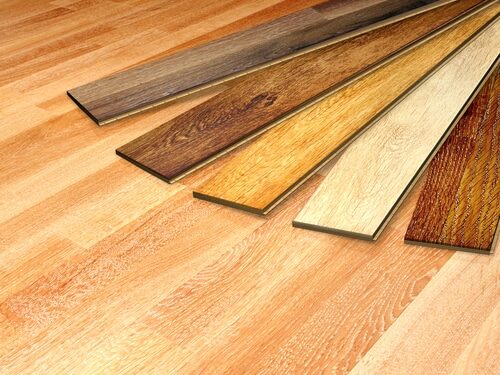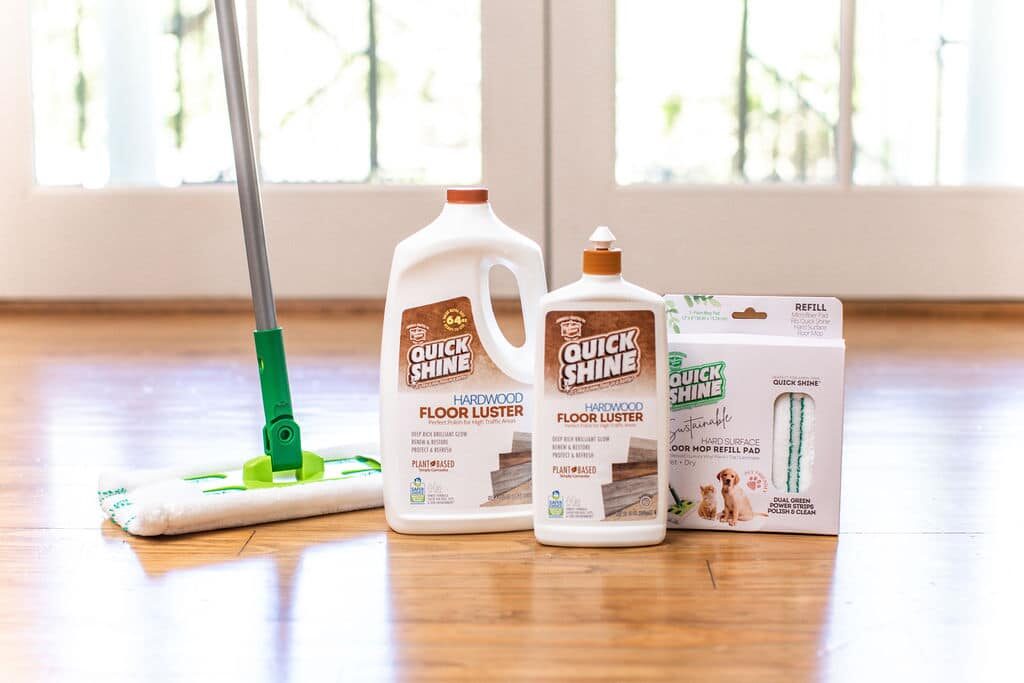London:
Nationwide:
Tips to Protect & Enhance Your Newly Refinished Floor | Post Floor Sanding Care
Posted on April 15, 2023
Blog
Post Floor Sanding Care: Tips to Protect & Enhance Your Newly Refinished Floor
A beautifully refinished hardwood floor can transform any room, adding warmth, elegance, and value to your home. However, proper care and maintenance are crucial to ensuring the longevity of your floor’s new finish. After your floor sanding company has completed their work, it’s essential to follow specific guidelines to protect your investment and enjoy the stunning results for years to come. In this comprehensive guide, we’ll outline essential dos and don’ts, share tips for daily maintenance, and provide valuable advice for preserving the beauty of your newly refinished floor.
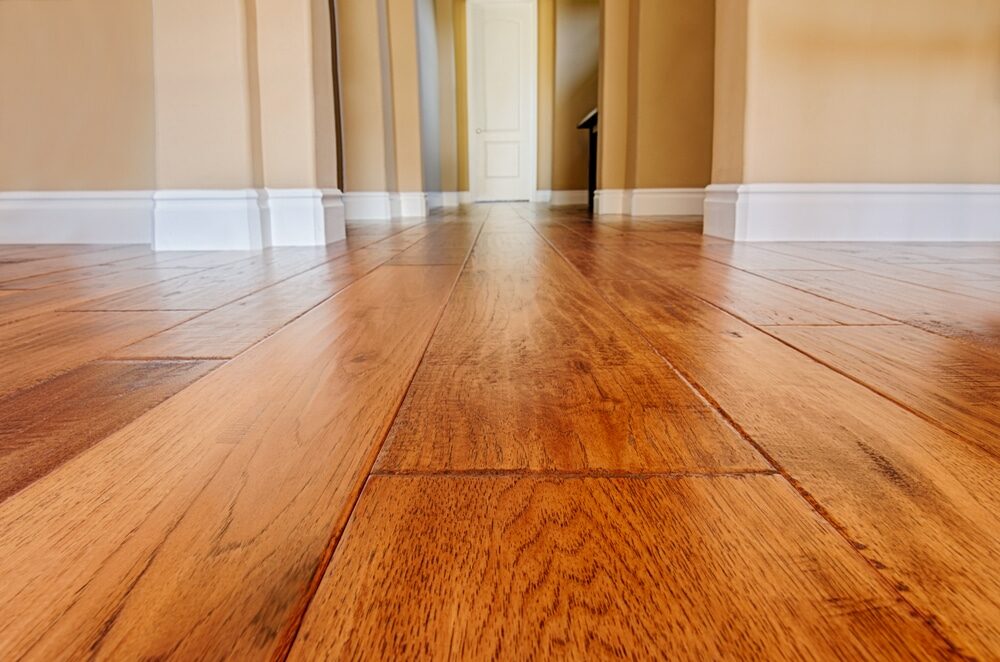
1: Understanding the Floor Sanding and Refinishing Process
To better care for your refinished floor, it’s essential to understand the process your floor has undergone. This section will cover the steps involved in floor sanding and refinishing, including:
1.1 Assessing the floor’s condition
1.2 Removing the old finish and sanding
1.3 Applying a wood stain (optional)
1.4 Sealing the floor with a protective finish
1.5 Curing time for the finish
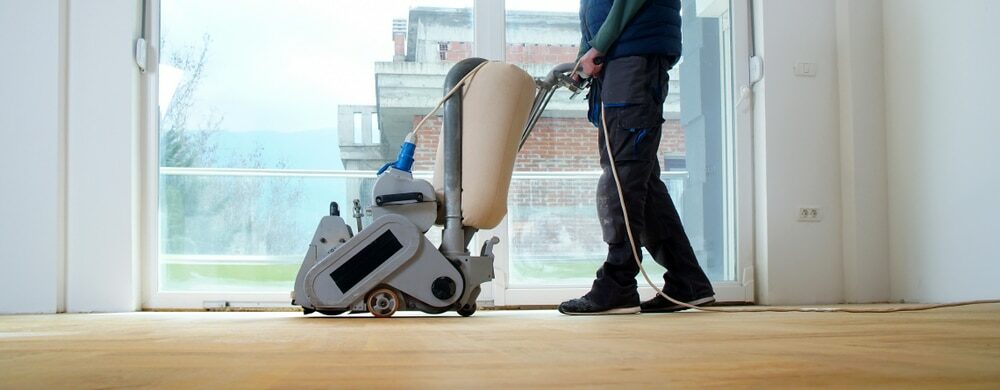
2: The First Few Days: Essential Dos and Don’ts
The initial days after your floor has been sanded and sealed are critical to ensuring its long-term durability. This section will outline the essential dos and don’ts during this period:
2.1 Keep the room well-ventilated.
2.2 Avoid water or damp cleaning
2.3 Prevent scratches and scuffs
2.4 Delay in placing rugs and mats
2.5 Take precautions when moving furniture
3: Preventing Damage: Tips for Everyday Use
To maintain your refinished floor’s beauty, it’s crucial to adopt habits and practises that prevent damage. This section will discuss essential tips for everyday use, including:
3.1 Use felt pads on furniture legs.
3.2 Establish a regular cleaning routine
3.3 Protect high-traffic areas with rugs and mats
3.4. Keep pet nails trimmed.
3.5: Address spills and stains promptly

4: Long-Term Maintenance: Strategies for a Lasting Finish
Proper long-term maintenance is key to ensuring your refinished floor remains beautiful and functional for years to come. This section will cover strategies for preserving your floor’s finish, including:
4.1 Regularly assess the floor’s condition.
4.2 Schedule professional maintenance as needed.
4.3 Apply a fresh coat of finish periodically.
4.4 Address any damage or wear promptly.
4.5. Avoid using harsh chemicals or cleaning products.
5: Choosing the Right Cleaning Products and Tools
Using appropriate cleaning products and tools is crucial to maintaining your refinished floor’s appearance and longevity. This section will discuss:
5.1 Selecting a suitable hardwood floor cleaner
5.2 Using the correct cleaning tools
5.3 Avoiding common cleaning mistakes
5.4 Proper techniques for deep cleaning and spot treatment
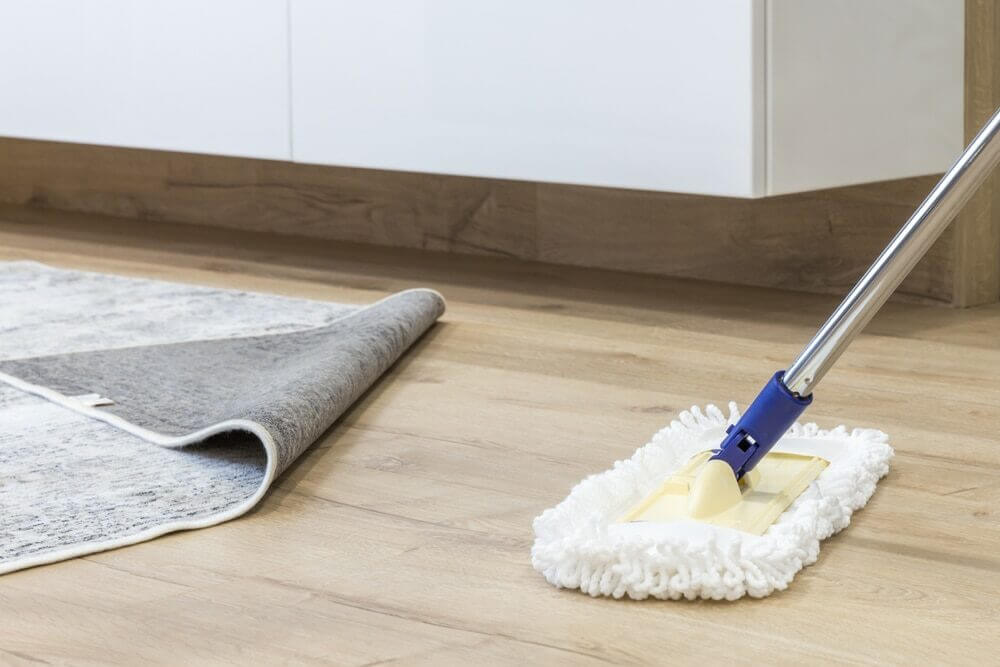
6: Seasonal Considerations: Adapting Your Care Routine to Environmental Changes
Environmental factors can impact the condition of your hardwood floors. This section will cover seasonal considerations and how to adapt your care routine accordingly, including:
6.1 Humidity and temperature control
Humidity and temperature fluctuations can cause hardwood floors to expand and contract, leading to warping, cupping, or gaps between boards. To minimise these issues, maintain a consistent indoor humidity level between 30 and 50% and an indoor temperature between 60 and 80°F (15 and 27°C). Use a humidifier or dehumidifier to regulate humidity and a thermostat to maintain the temperature. Also, ensure proper ventilation and insulation in your home to control moisture levels.
6.2 Protecting your floor from sunlight exposure
Prolonged exposure to direct sunlight can cause hardwood floors to fade or discolour over time. To protect your floor, use window coverings like blinds, curtains, or shades to block direct sunlight. Consider installing UV-blocking window film to minimise the effects of sunlight on your floor. Rearrange furniture and rugs periodically to ensure even coloration across the entire floor.
6.3. Preparing your floor for the winter months
Winter months can bring dry air and increased heating, which can cause hardwood floors to contract, leading to gaps and cracks. To prepare your floor for winter, monitor indoor humidity levels and use a humidifier to maintain proper moisture. Place entry mats at doorways to capture dirt, snow, and ice from shoes, reducing the risk of water damage. Clean up any moisture or spills promptly to prevent warping and staining.
6.4. Addressing seasonal expansion and contraction
Seasonal changes can cause hardwood floors to expand and contract, resulting in gaps, cupping, or buckling. To address these issues, monitor humidity and temperature levels year-round, ensuring they remain consistent. When installing hardwood floors, leave an expansion gap around the perimeter to accommodate natural movement. If you notice significant gaps, cupping, or buckling, consult a professional to assess the situation and recommend appropriate solutions.
7: Identifying and Addressing Common Issues
Even with proper care, hardwood floors can develop issues over time. This section will discuss common problems and how to address them, including:
7.1 Scratches and scuffs
7.2. Water damage and stains
7.3 gaps between boards
7.4 Cupping or crowning 7.5 Buckling or warping
8: When to Call a Professional
While regular maintenance and care can prolong the life of your refinished floor, there may come a time when professional help is required. This section will cover scenarios where it’s best to call in an expert, including:
8.1 Deep scratches and gouges
8.2: Extensive water damage
8.3 Board replacement
8.4 Subfloor issues
8.5 full refinishing.
Some Useful Links:
Conclusion
By following the guidelines and advice outlined in this guide, you can enjoy the beauty and durability of your newly refinished hardwood floor for years to come. Remember to be mindful of the initial care period, adopt preventive measures for everyday use, and practise long-term maintenance strategies. With proper care and attention, your hardwood floor will remain a timeless feature in your home, providing warmth, elegance, and a solid investment.
More from our Blog:
Enhance Your Interior Look with Floor Sanding | Best Guide
Tips to Transform Your Property with Wood Floor Restoration
Sanding and Sealing Hardwood Floors and Parquet

